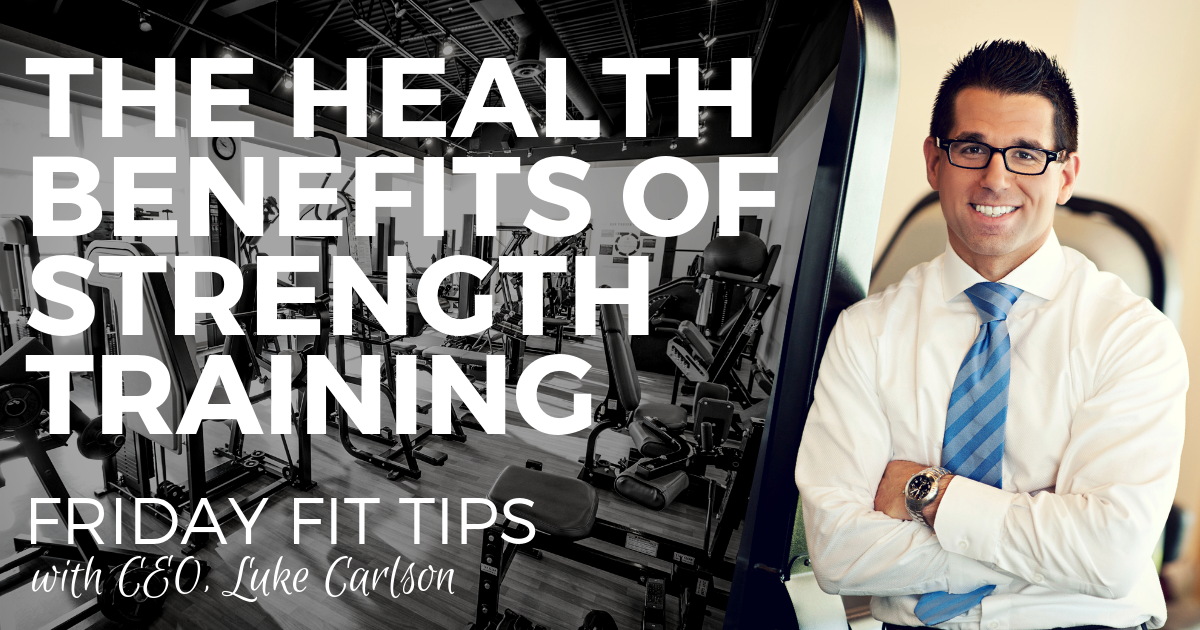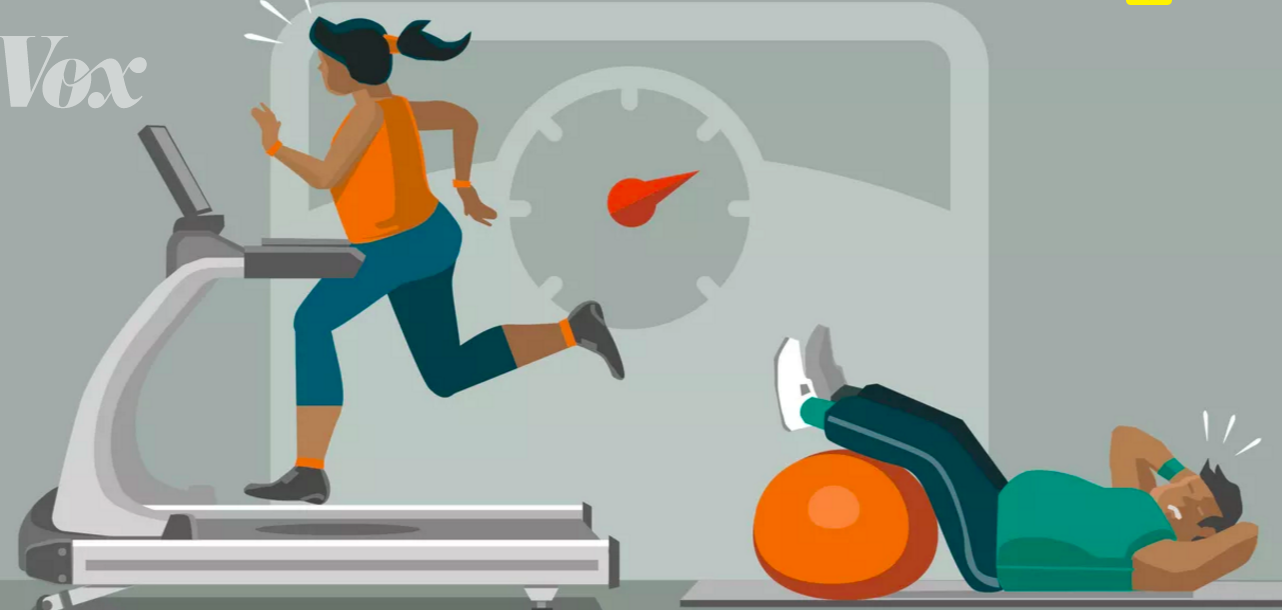THE HEALTH BENEFITS OF STRENGTH TRAINING: An Unintentional Branding Issue
SPRINT INTERVAL TRAINING WORKOUT
|
The Most Intelligent, Effective, and Socially Unacceptable Approach to Improving Body Composition
Why Do I Strength Train?
Cardio doesn't do what we think (or hope) it does
Intense Strength Training and the Heart
It is well established that aerobic exercise increases the elastic properties of the arteries. This is a very positive adaptation as the compliance of our blood vessels plays an important role in predicting cardiovascular events. Until recently, physicians and researchers assumed that intense resistance training reduces the compliance of our major blood vessels; of course, this is a bad thing as increased “stiffness” of the blood vessels predisposes us to cardiovascular disease. However, very little research has existed to support this contention.
Authors of a research study published in the Journal of Hypertension (February 2014) sought to determine the impact of long-term, intense strength training on arterial “stiffness.” The researchers concluded, “Long-term intense resistance training in men decreased aortic stiffness… and preserved cardiac structure/function when compared with well matched untrained healthy controls.” This important study contributes to the growing body of literature that represents a paradigm shift from defining the benefits of resistance exercise as increased muscle strength, bone health, and body composition, to a more robust profile of cardio-metabolic health benefits. Indeed, “strength training” is more properly coined, “resistance exercise.”
- It is well accepted that aerobic exercise increases the elastic properties of central arteries (elasticity in our vessels is important in preventing cardiovascular disease!)
- The research and/or opinions on whether or not strength training is good or bad for the elasticity of our vessels is mixed (and much of the thought is that strength training REDUCES elasticity AKA "compliance" of the vessel… and this is why many cardiologists have been anti-strength training.)
- This was a longer term study with trained runners and trained strength training subjects (and the strength training group had to have been strength training 5 times per week!)… The researchers even speculated that half of the strength training participants were on steroids!
- Subjects were in their mid-30's
- Endurance running led to improvements in vascular function - "We confirmed that long-term endurance training is associated with the classical cardiovascular and hemodynamic adaptations and with decreased aortic stiffness."
- Main finding: Our main finding was that long-term intense resistance training men presented decreased aortic stiffness (PWV values similar to endurance runners) and lower cAP, a trend to longer T1 and Trw, normal central aortic pressures, and preserved cardiac structure/function when compared with well matched untrained healthy controls.
- In conclusion, besides the benefits of improvements in the musculoskeletal functions, it seems that long-term IRT is not associated with detrimental effects on central artery elastic properties or wave reflection or cardiovascular structure and function of healthy individuals
Take home message in simplest terms: It has long been assumed that intense strength training over a long period of time has a negative impact on artery/vessel elasticity and function (this is a bad thing). The results of this study show that intense strength training actually improves elasticity (i.e. Decreased aortic stiffness) in healthy adults (a good thing!).
High Intensity, Low Volume Cardio
Authors of a research study conducted in Norway with collaboration from scientists in Canada and the US provide evidence to the effectiveness of shorter but more intense cardio-respiratory exercise. Researchers had men ages 35-45 perform 3 workouts per week. After a 10-minute warm-up, group 1 performed 1, 4-minute bout of treadmill walking or jogging (at an incline) at 90% of maximum heart rate. Including a short cool-down, the entire workout lasted 19 minutes. Group 2 performed the same warm-up and cool-down, but instead of performing 1, 4-minute bout, they performed 4, 4-minute bouts (still at 90% of maximum heart rate) with a 3-minute active recovery in between; the entire workout lasted 40 minutes. Interestingly, researchers discovered that the shorter workouts (1, 4-minute interval) were just as effective as the longer workouts in improving VO2max (aerobic capacity), work economy, blood pressure, and fasting glucose. This adds to the growing body of literature that suggests the intensity of our cardio-respiratory exercise is more important that the duration or volume of exercise when it comes to receiving these performance and health related benefits.









Leave a Reply
Your email address will not be published.